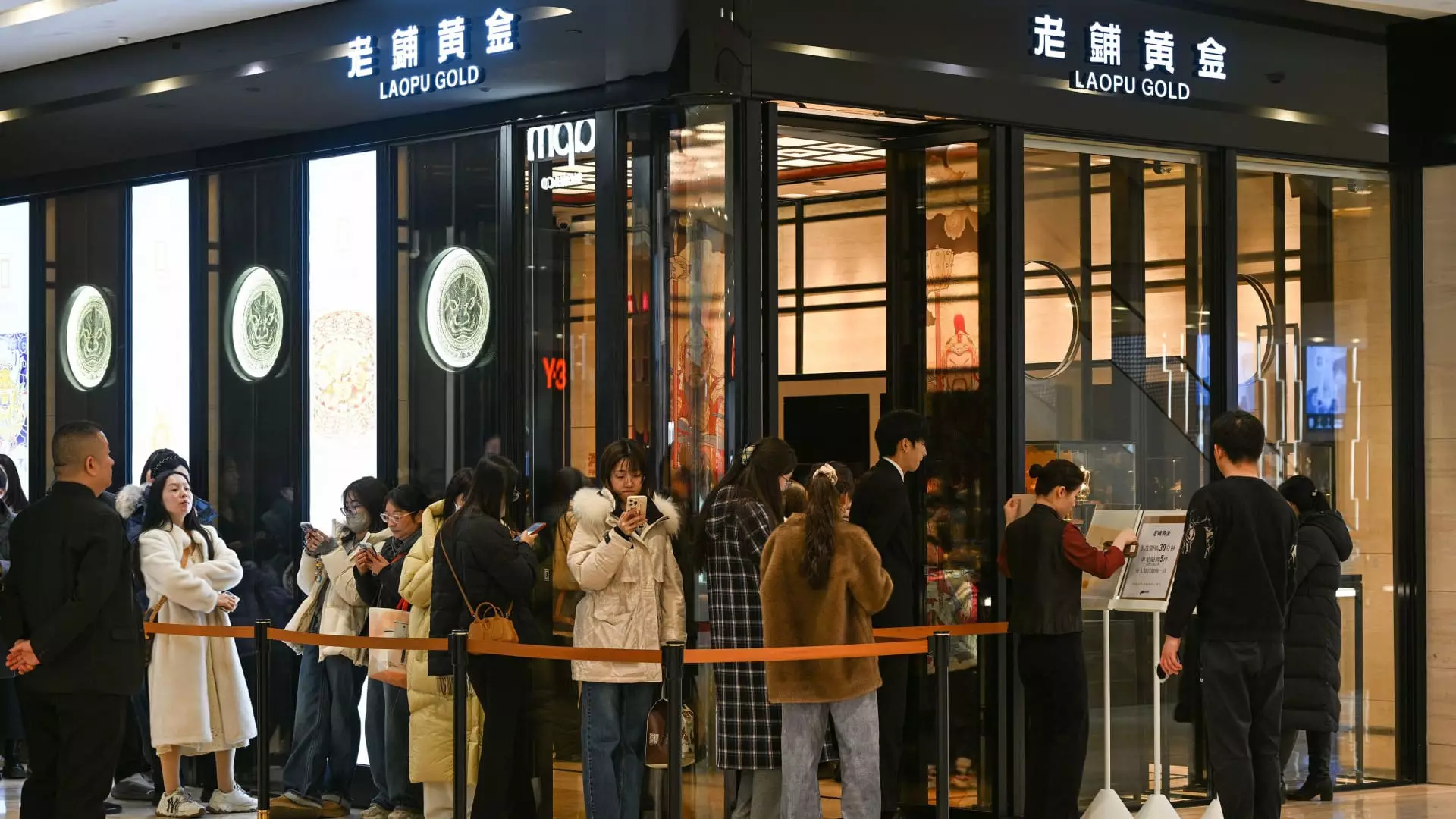In the shadow of a pandemic that rocked the global economy, signs of recovery are beginning to emerge from China, yet they come with a notable caveat. Companies like Alibaba and JD.com recently reported an uptick in consumer spending, indicating a year-on-year revenue growth that seems promising. If we parse the numbers, however, the overarching narrative is one of cautious optimism rather than exuberance; although growth is evident, it remains comfortably below the levels seen before the pandemic upheaval. Charlie Chen of China Renaissance Securities sums up the situation aptly: the growth in consumption is a “healthy recovery,” but we remain far from pre-2020 confidence levels. It is this kind of dissonance between quantitative improvement and qualitative stagnation that raises eyebrows among economic analysts.
Policies and Programs: A Double-Edged Sword?
In an attempt to stimulate growth, the Chinese government has introduced consumption-boosting measures, including an expansion of trade-in subsidy programs beyond traditional consumer goods to categories such as smartphones and electric vehicles. The question that looms over this initiative is whether these subsidies are merely temporary fixes, akin to putting a Band-Aid on a much deeper wound. While it has indeed borne fruit for companies like JD.com, which reported a double-digit revenue increase in electronics and home appliances, such measures do not address the underlying malaise affecting consumer confidence. In essence, there is a significant symbolic value in these government policies, yet their tangible impact may be limited as the economy grapples with systemic issues that no trade-in scheme can fully resolve.
Niche Markets: The Silver Linings
While some sectors are stagnating, certain niche markets have emerged as bright spots within this mixed landscape. Companies focusing on indigenous luxury, such as Laopu Gold, have seen substantial growth, indicating that wealthy consumers are still willing to spend when the products resonate culturally. The toy company Pop Mart has similarly experienced an impressive increase in revenue, suggesting that consumer sentiment can shift dramatically based on the perceived value and emotional connection to goods. The juxtaposition of flourishing niche markets against a backdrop of sluggish overall consumer spending raises questions about the types of goods consumers are prioritizing and whether there are deeper cultural trends at play that could guide future market strategies.
Economic Indicators: The Numbers Paint a Disturbing Picture
The latest economic data offers a snapshot both revealing and disconcerting. Retail sales growth, while ticking upwards, remains markedly below the pre-pandemic average. The reported 4% increase marks an improvement but pales in comparison to the 9.7% average from 2015 to 2019. Additionally, the mixed outcomes for essential sectors—such as beverage chains and retailers—underscore a larger narrative of declining consumer appetite. For instance, milk tea chains recorded declines in same-store sales, signifying that even seemingly thirsty consumers are tightening their belts. Such signs provoke the question: Is China’s consumer base recovering at all, or are we simply witnessing a series of careful narratives crafted around marginally positive data points?
Real Estate and Consumer Confidence: A Vicious Cycle
The turmoil in the real estate sector cannot be overlooked when contemplating the future of consumer spending in China. As prices for property continue their downward descent, consumer confidence has suffered significantly, creating a feedback loop of cautious spending behavior. Policymakers have recognized this dire need for renewal, launching initiatives aimed at stabilizing the housing market. However, the essential question remains: can confidence be restored effectively without expansive reforms that go beyond mere policy adjustments? For as long as the middle class feels wealth erosion, their engagement in discretionary spending will likely remain restrained, stunted by fears of economic instability.
Long-Term Sentiments: The Reckoning Awaits
In a paradoxical twist of fate, although company leaders, such as JD.com’s Sandy Xu, maintain a long-term optimism about consumer sentiment, the reality suggests a more complicated landscape where short-term challenges loom. Yes, China’s consumer market is robust, but it is also nuanced and riddled with complexities that necessitate interpretation beyond surface-level recovery figures. The concept that long-term optimism can exist in tandem with acute short-term challenges underscores the intricate calculus that consumers and companies must navigate in the current climate. The road to a full recovery appears convoluted, riddled with uncertainties that reform-minded liberal policies will have to grapple with moving forward. Ultimately, as the landscape of consumer behavior in China shifts and evolves, so too must the strategies of businesses and governments dedicated to fostering a vibrant economic environment.


Leave a Reply